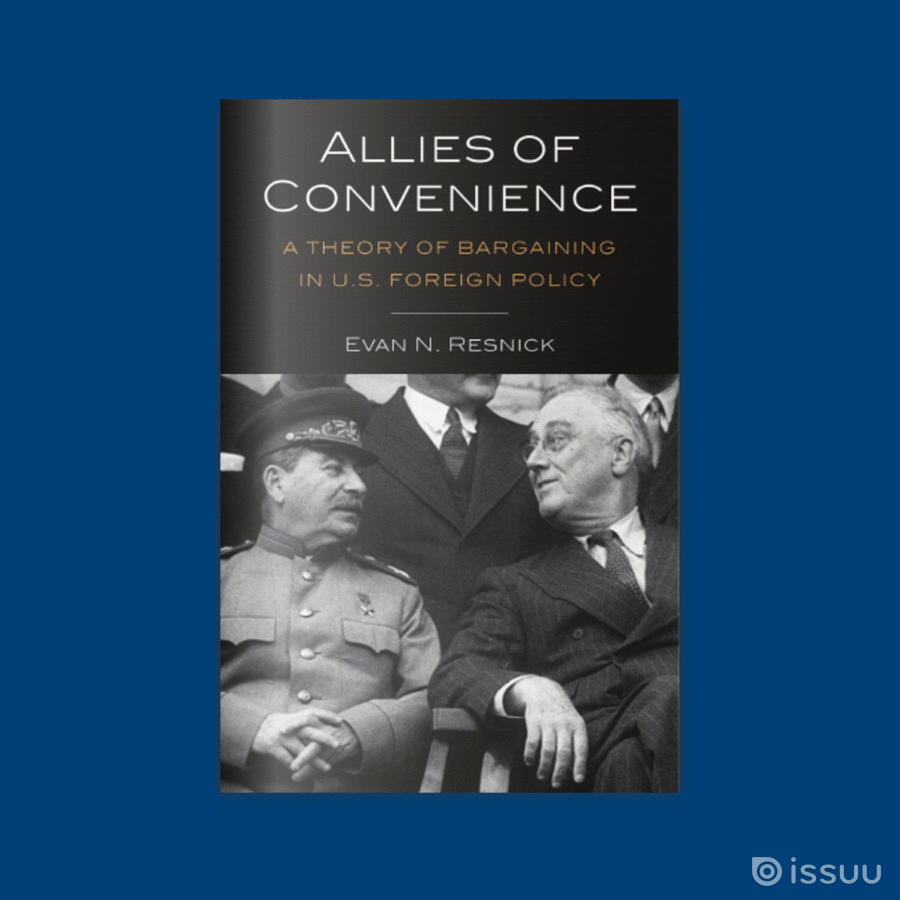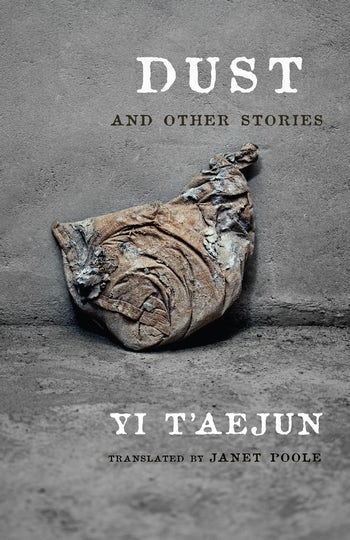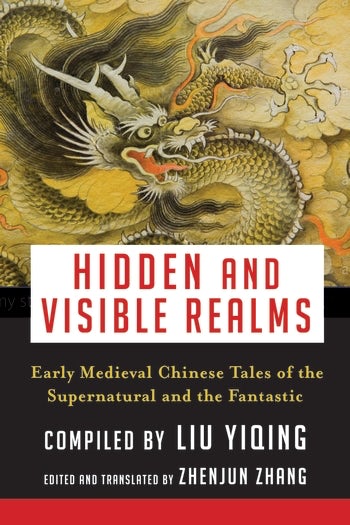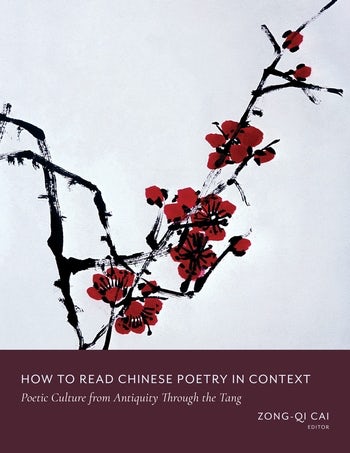Emil Draitser on Redemption and How the Soviet Union Attempted to Cover-Up the Holocaust

“Redemption is awash with brutal truths, rude awakenings and painful self-discoveries. Gorenstein doesn’t make it easy for his reader: His forbidding theme is the aftermath of the Holocaust — the aftershock of ‘ineluctable, planned murder’ — and his protagonist is an unsympathetic young woman. But the darkness is not total; there are numerous glints of light, even pockets of beauty.”
~ Malcolm Forbes, Star Tribune
Welcome back to our National Translation Month coverage! This week’s theme is World War II in translation, and today we’re featuring Friedrich Gorenstein’s novel Redemption, translated by Andrew Bromfield. Underappreciated during the author’s life, Redemption is the story of Sashenka, a resentful teenage girl who denounces her mother to the authorities for stealing food when her mother takes a new lover. Sashenka and a Jewish lieutenant must come to terms with the trauma of the war and Holocaust while navigating Stalin’s police state. In this guest post, Russian scholar Emil Draitser explains how and why the Soviet Union tried to hush up any information about the Holocaust after the war, making works like Gorenstein’s nearly impossible to publish in Russia at the time.
Enter our drawing for a chance to win a copy of Redemption!
• • • • • •
Two interrelated factors contributed to the fact that the works of a remarkable Russian writer, Friedrich Gorenstein, are little known to American readers. Of his substantial output, the recently published novel Redemption (Iskuplenie), translated by Andrew Bromfield, is only his second title appearing in America, the first being Traveling Companions, translated by Bernard Meares.Like the rest of his work, both books deal with WWII, whose 80th anniversary is commemorated this month, and its impact on Soviet people’s lives in the post-war time. The lowering of the proverbial Iron Curtain not only cut off the flow of information about the West to the Soviet people. It also blindfolded the American public regarding the true state of affairs inside the USSR. Also, the prolonged Cold War contributed to the paucity of knowledge about Nazi Germany’s Russian campaign because of the politically motivated downplay of the Soviet contribution to the war effort.
Thus, American readers might find it incomprehensible that, until recent times, neither the war nor its horrific byproduct, the Holocaust, had been adequately presented to the Soviet public. Having full control of the media, the Soviet powers-that-be made believe that World War II started not with Germany’s invasion of Poland on September 1, 1939, but with its incursion into Soviet territory nearly two years later, on June 22, 1941. The very notion of World War II was supplanted in the public’s consciousness with the term “The Great Patriotic War.” This term was coined to hearken back to the “Patriotic War of 1812,” which is how Russian historians refer to the military campaign against the invading army of Napoleon I. Thus, calling the fight against Hitler “The Great Patriotic War” presented the military confrontation of the invading German troops as part of Russian historical tradition. Such linguistic subterfuge aimed to downplay the fact that, until the day of the German invasion, the Soviets had not only fed the Wehrmacht with their grain and supplied the Nazi war machine with such strategic raw materials as oil, coal, iron ore, and ferromanganese (an alloy used in the production of armor steel), but also attacked neighboring countries. While Hitler’s troops invaded several European countries, the Soviet Union annexed the eastern part of Poland and gobbled up three Baltic states and parts of Romania. They also unleashed (albeit unsuccessfully) a military campaign against Finland.
“The sudden attack had a devastating effect on the Soviet civilian population and on Jews in particular.”
The lack of knowledge about the Germany’s Russian campaign also made Americans less aware of the fact that, while the formal decision to carry out the Nazi’s “Final solution” was taken in January 1942, it had started, in fact, six months earlier, soon after the Nazi troops incurred into the Soviet territory. The sudden attack had a devastating effect on the Soviet civilian population and on Jews in particular. One of the main reasons for this disaster was that the Soviets blocked information regarding the true intentions of the German troops. After Hitler had ascended to power and before the signing of the German-Soviet pact of 1939, the policy of the USSR was anti-Nazi. The government produced antifascist films and published pamphlets critical of the Nazis’ handling of the German Jews. After the pogroms of Kristallnacht in November 1938, an antifascist rally was organized in Moscow.
However, after the signing of the Molotov-Ribbentrop pact, the Soviets stopped publishing news of Nazi atrocities against Jews. Therefore, the overwhelming majority of Soviet Jews was not aware of the mortal threat. Because of this lack of information and the speed of the German offensive, most Jews in the western regions of the country could not evacuate. Unlike in the Nazi-occupied countries of Western Europe, where Jews had been deported and shipped to death camps in Germany and Poland, Soviet Jews were taken from their homes and shot on the outskirts of their towns. In the cities with large Jewish populations, such as Lvov, Minsk, and Odessa, Jews were forced into local ghettos and then hauled off in cattle trucks to the death camps.
“Unlike in the Nazi-occupied countries of Western Europe, where Jews had been deported and shipped to death camps in Germany and Poland, Soviet Jews were taken from their homes and shot on the outskirts of their towns.”
Contrary to the myth that some Americans still believe today, at the outbreak of war with Germany, the Soviet government had not made special arrangements to save the country’s Jews. While the Soviet authorities had been informed about the systematic extermination of Jews in the Nazi-occupied territories, no government evacuation instructions of any kind were in place. The orders that came from Moscow several days later were concerned with relocation the raw materials, industrial equipment, and personnel needed to run the Soviet war machine to the rear of the country. Often these cargo trains, filled with desperate Jews, traveled eastward under enemy fire; many evacuees did not survive the journey. (For an eyewitness’ account, see Shush! Growing up Jewish under Stalin.)
• • • • • •
Written back in 1967, Redemption was never published in Soviet period in its original Russian. The novel’s theme—the aftermath of the Holocaust—violated the information policy of the post–World War II era to hush up the very mentioning of the Holocaust, especially the part that had taken place on Soviet territory. That the victims of the Nazi atrocities were primarily Jews was hidden not only during the years following World War II but also almost to the end of the Soviet era. It was part of Soviet government policy, which French philosopher Paul Ricœur dubs “organized forgetting.”
The government’s measures to suppress information about the specifics and scope of Nazi atrocities against the Jews was in full force early on. Toward the end of the war, under the editorial guidance of two distinguished authors, Vasily Grossman and Ilya Ehrenburg, a group of well-known writers and journalists began to compile The Black Book (Chernaya kniga), a volume documenting atrocities committed on Soviet territory. However, its publication was banned, and many of those who worked on The Black Book were repressed. In 1952, the Jewish Anti-Fascist Committee, the only representative body of Jews in the USSR, was disbanded. Its most prominent members were put on trial and accused of promoting Jewish nationalism. The very expression of grief over the Jewish victims of the Nazis was considered “proof.” (After being tortured, the accused were tried in secret proceedings and executed.) In the official Soviet view, the Nazis killed the country’s Jews because they were Soviet citizens, not because they were Jews. During the postwar period, in all the territories where Nazi atrocities had been perpetrated, local authorities made sure that the words “Jew” or “Jewish” did not appear on any grave or monument. These words were replaced with “civilians” or “Soviet citizens,” and a five-pointed Soviet star was substituted for the Star of David.
“In the official Soviet view, the Nazis killed the country’s Jews because they were Soviet citizens, not because they were Jews.”
Until the late 1970s, discussion of the Holocaust was taboo. At various times, it was branded as “anti-Soviet,” “nationalist,” or “Zionist” propaganda. In 1961, a short poem titled “Babi Yar” by Yevgeny Yevtushenko appeared on the pages of the Literary Gazette. Devoted to the memory of Ukrainian Jews slaughtered during the war, it pointed to the fact that the place of the mass burial was devoid of any memorial. The poem brought about the wrath of the Soviet leader, Nikita Khrushchev, who accused the young poet of having lost his political vigilance.
Anti-Semitism grew both within the state apparatus and among the broader population during wartime and during the postwar years. State persecution took the form of a campaign against “rootless cosmopolitans,” mostly Jewish intellectuals, who were accused of lacking Soviet patriotism. The state campaign culminated in the fabrication of the notorious “Doctors’ Plot.” A group of prominent physicians, mostly Jews, was accused of a conspiracy to assassinate Soviet leaders. This movement sapped further support for commemorating the victims of the Holocaust.
“During the postwar period, in all the territories where Nazi atrocities had been perpetrated, local authorities made sure that the words “Jew” or “Jewish” did not appear on any grave or monument. These words were replaced with “civilians” or “Soviet citizens,” and a five-pointed Soviet star was substituted for the Star of David.”
Since one of the main ideological goals of the Soviet authorities was to propagate the notion of the unity of the Soviet people, a separate memorialization of Jewish victims of the war could not be tolerated. This was important to Soviet authorities, who wanted to suppress any growth of nationalism among Soviet minority populations, especially after the State of Israel was established.
Though the plot of Redemption revolves around the consequences of wartime atrocities committed by the local Nazi collaborators, it addresses a larger issue—the effect of the Holocaust on humanity at large. No motive for the horrific murders is cited—or even hinted at—in the novel. The Holocaust is examined as the result of not ethnic tensions or racist Nazi ideology, but evil impulses nestled in the human heart. In fact, at the center of the novel is a philosophical discussion between the imprisoned professor and the surviving member of a Jewish family that perished. They tackle the biblical question of evil in human life. (The novel itself can be seen as a philosophical meditation on this subject.) Could such horrific crimes perpetrated on such a large scale ever be avenged? Could any human actions ever bring about redemption?
• • • • • •
While, because of the uncompromising nature of his writing and various Soviet literary intragroup in-fights, Gorenstein’s work received little recognition in his homeland during his lifetime, it has been widely translated in Europe. Almost all his writing has appeared in French and German. Let us hope that the publication of Redemption signals the coming of other works of this outstanding writer to English-speaking readers.
If you enjoyed this translation, enter our drawing for a chance to win a free copy of the book. Or, save 30% when you order online using coupon code: CUP30!








